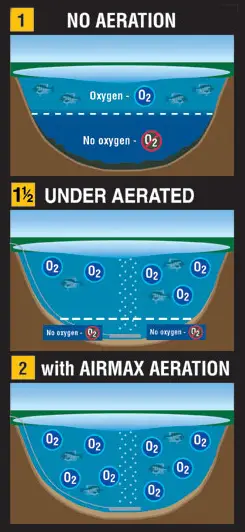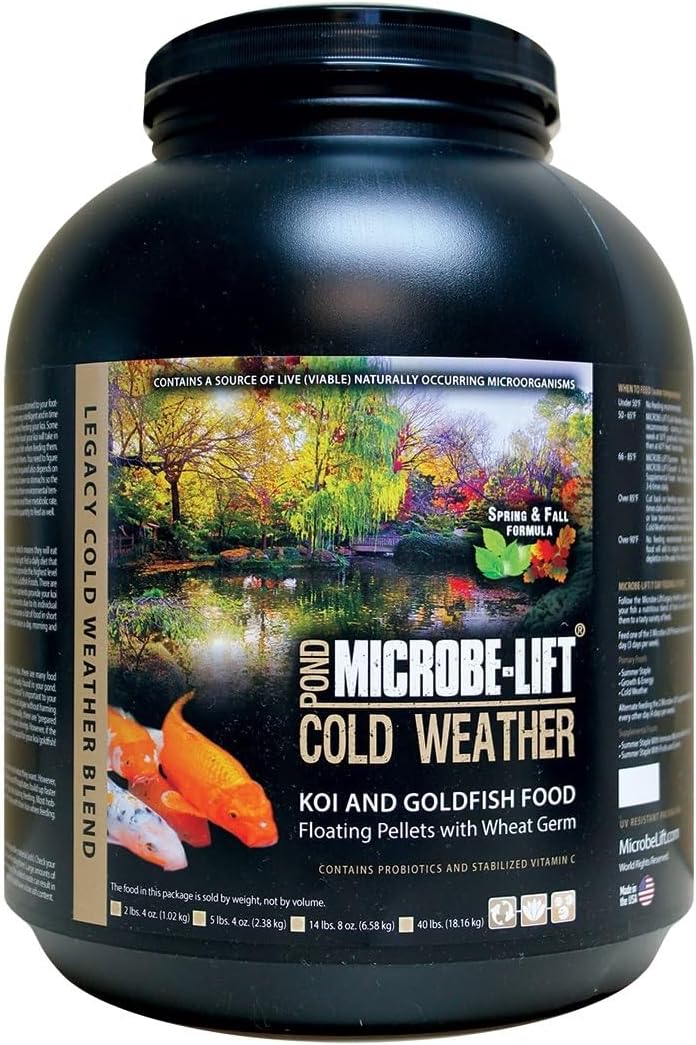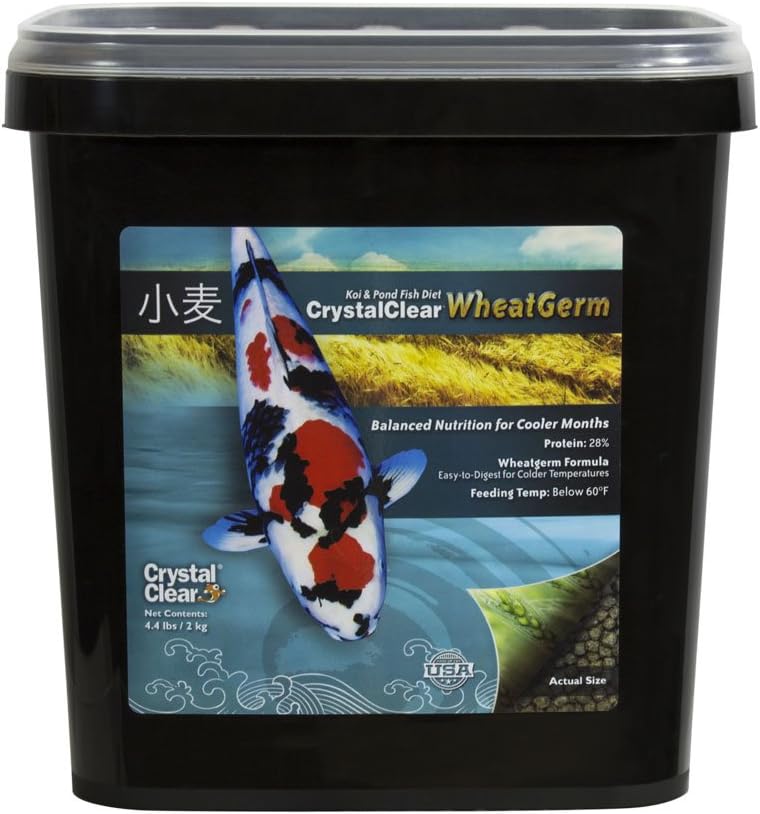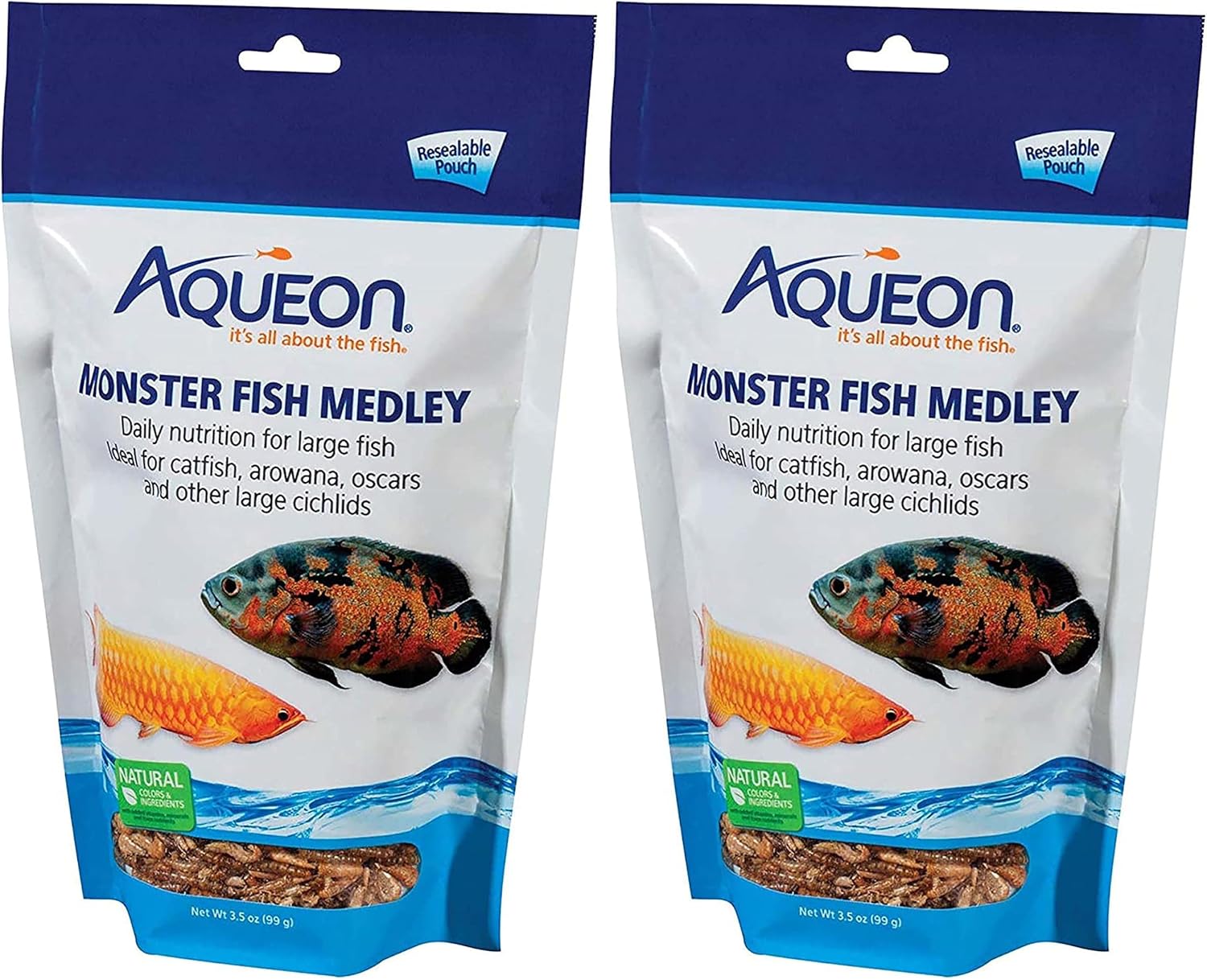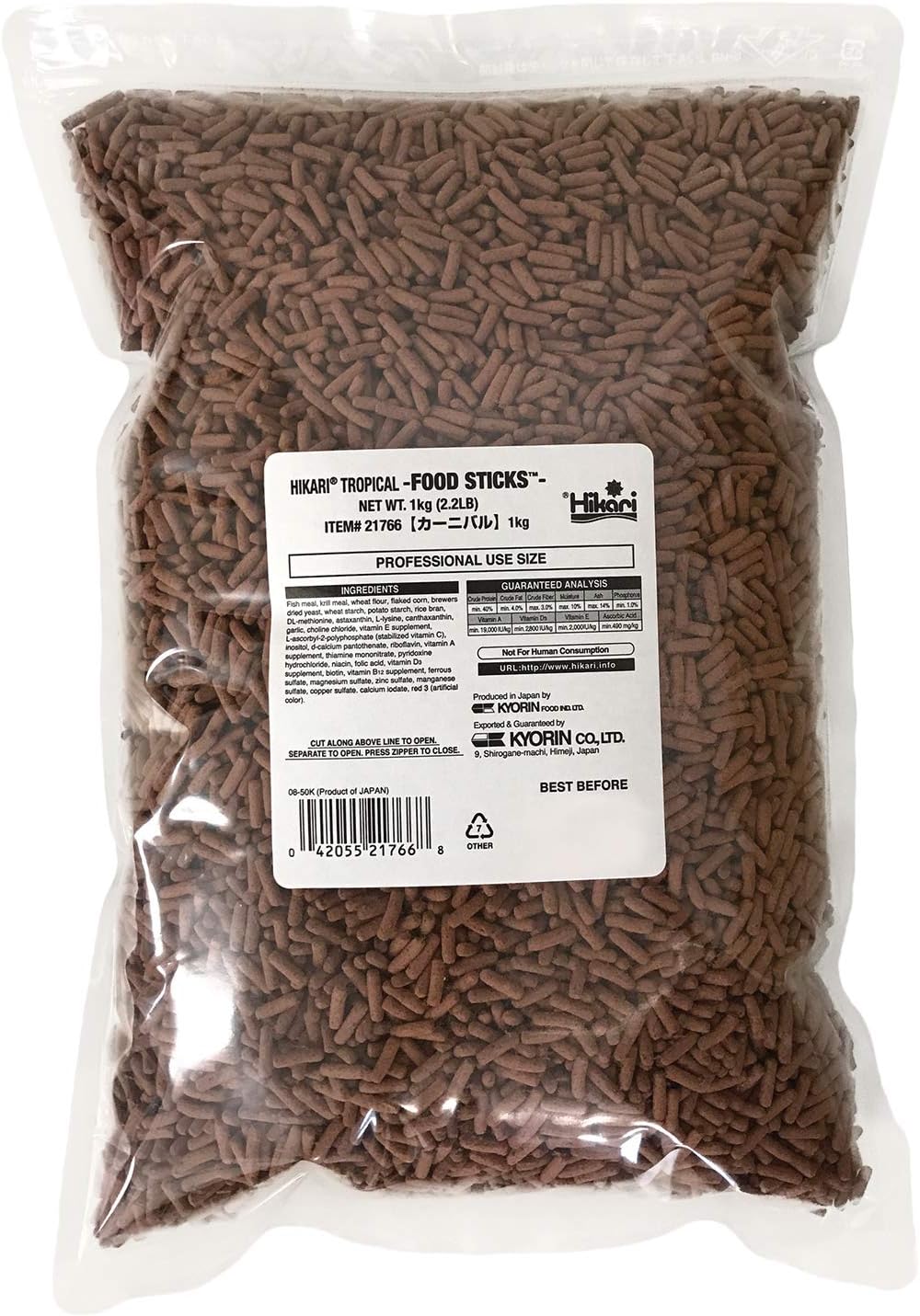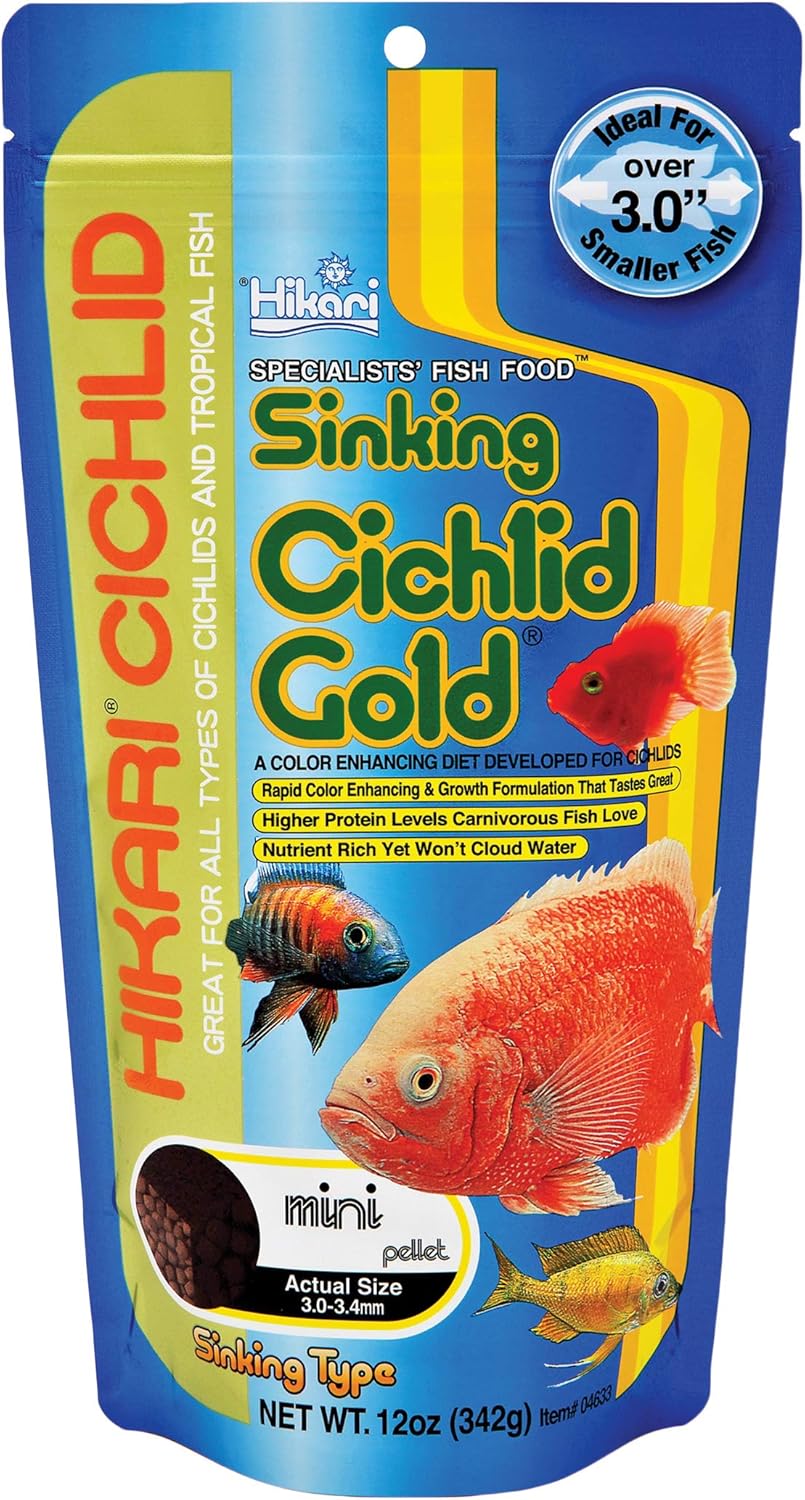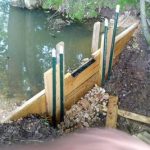Have you ever wondered how to determine if a pond is spring fed? Spring-fed ponds are bodies of water that receive their water supply from underground springs, making them unique and often more environmentally stable than other types of ponds. In this blog post, we will explore various methods and indicators that can help you identify if a pond is spring fed.
5 Best Pond Fish Foods
1. Water Clarity
One of the key indicators of a spring-fed pond is its water clarity. Spring water is typically clearer and cleaner than water from other sources because it comes from deep underground and is naturally filtered through rocks and soil. If you notice that the water in a pond is exceptionally clear and free from sediment, it could be a sign that it is spring fed.
2. Constant Water Level
Another characteristic of spring-fed ponds is a relatively constant water level throughout the year. Since springs provide a consistent flow of water, ponds fed by springs are less likely to experience drastic fluctuations in water level, unlike ponds that rely on rainfall or runoff. If you observe that a pond maintains a steady water level regardless of the season, it is likely spring fed.
3. Temperature Variation
Spring water tends to have a more stable temperature compared to surface water sources. If you notice that the water temperature in a pond remains relatively consistent, even during extreme weather conditions, it could indicate that the pond is fed by a spring. You can use a thermometer to monitor the water temperature at different times of the day to look for any significant variations.

Credit: www.reddit.com
4. Vegetation
The presence of certain aquatic plants can also be an indication of a spring-fed pond. Spring water is rich in nutrients and minerals, which can support the growth of unique vegetation. Look for species like watercress, water lilies, and other aquatic plants that thrive in nutrient-rich environments. If you see an abundance of such vegetation in a pond, it may be a sign that it is fed by a spring.
5. Water Flow
Observe the movement of water within the pond to determine if it is spring fed. Spring-fed ponds often have a gentle, continuous flow of water entering and exiting the pond. Look for small bubbling springs, natural springs, or streams that feed into the pond. The presence of these flowing sources can indicate that the pond is spring fed.
6. Water Quality
Spring water is known for its high quality and purity due to the natural filtration process it undergoes underground. Test the water quality of the pond by conducting a simple water test for parameters like pH, dissolved oxygen, and nutrient levels. Clean, clear water with optimal levels of oxygen and pH can suggest that the pond is spring fed.
7. Professional Assessment
If you are still unsure whether a pond is spring fed, consider seeking the expertise of a professional such as a hydrologist or environmental consultant. These professionals can conduct more in-depth assessments using specialized equipment and techniques to determine the water source of the pond accurately.
Credit: www.reddit.com
Conclusion
Identifying whether a pond is spring fed involves a combination of observation, testing, and analysis. By paying attention to key indicators such as water clarity, temperature, vegetation, water flow, and quality, you can make an informed assessment of the pond’s water source. If you are passionate about ponds and water bodies, understanding the characteristics of spring-fed ponds can enhance your appreciation for these unique ecosystems.
Remember that every pond is different, and multiple factors can influence its water source and quality. By combining various methods and seeking professional advice when needed, you can gain a better understanding of the natural processes that sustain ponds and contribute to their ecological diversity.


